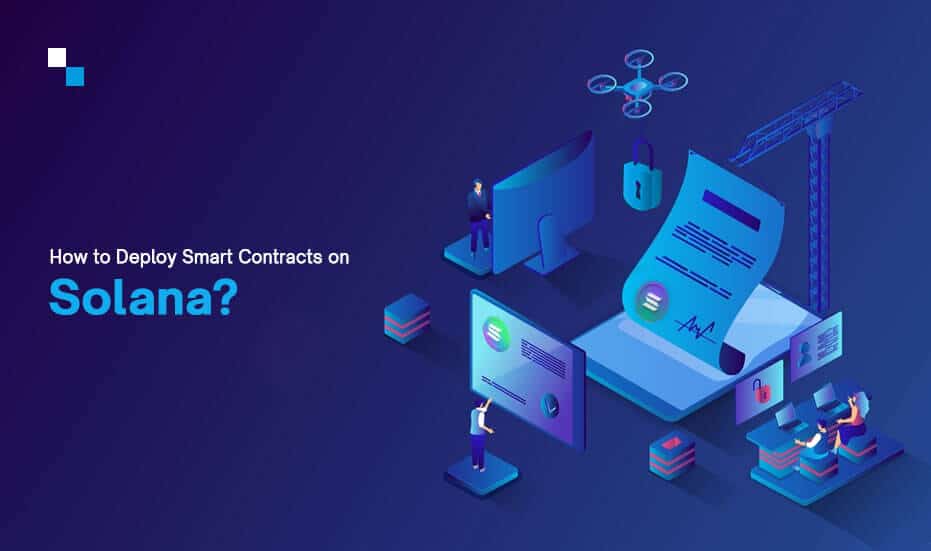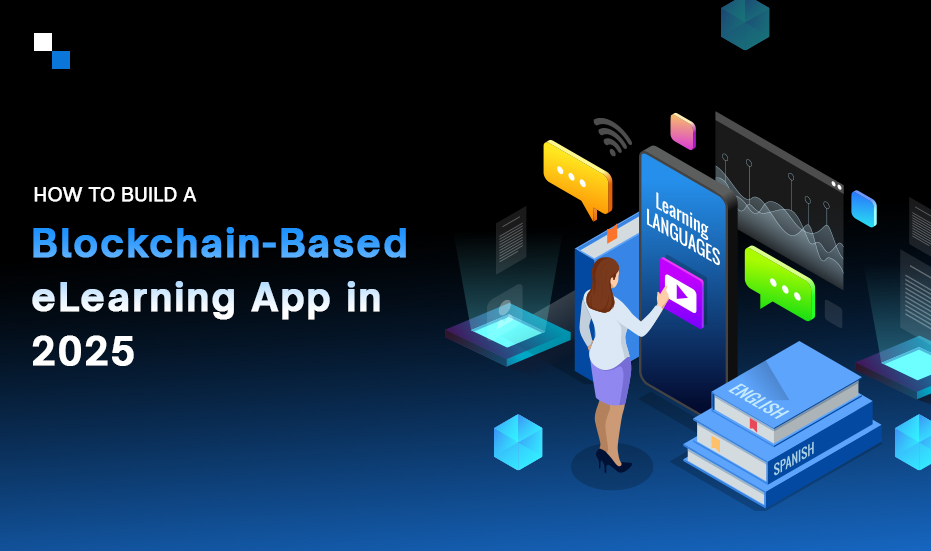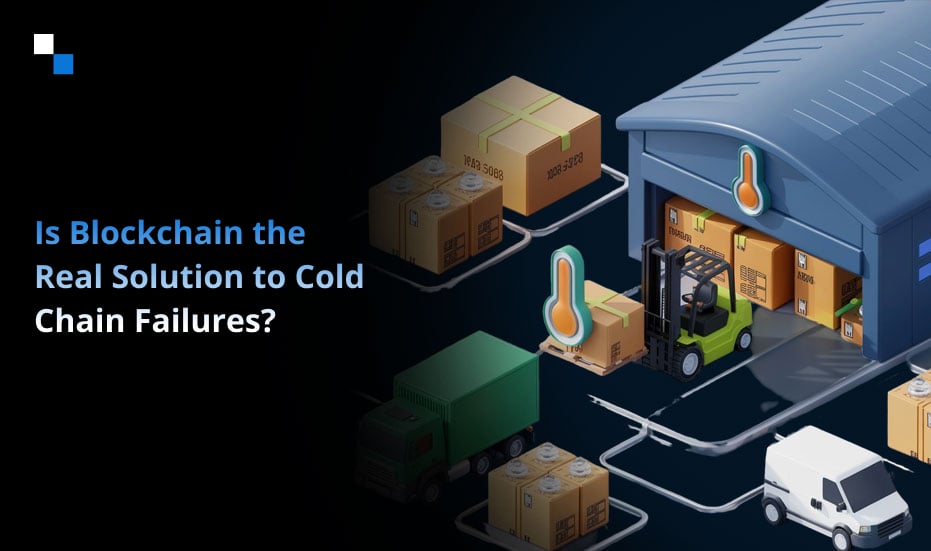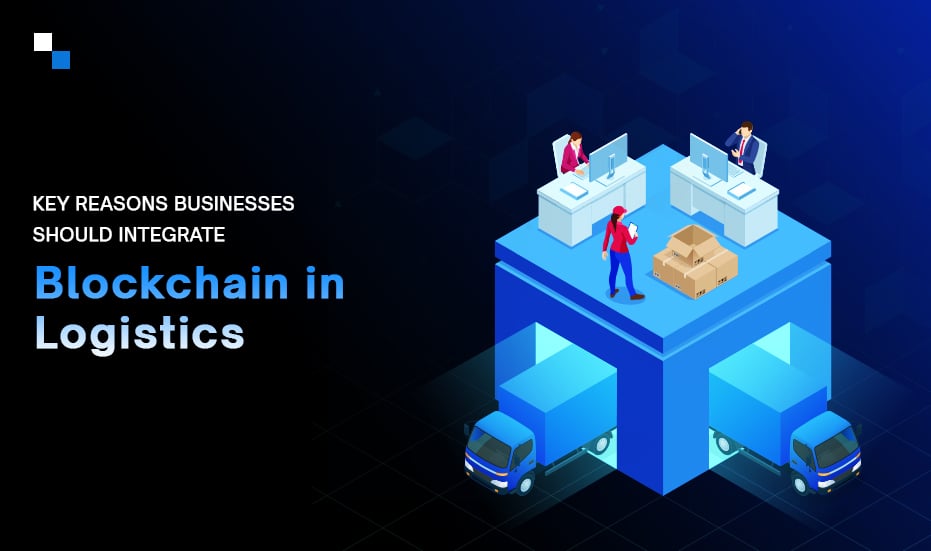
Decentralized Derivatives Exchange Development – The Beginner’s Guide
June 30, 2022
4 Top Features of a My Crypto Heroes Clone Script
July 1, 2022Solana was introduced in 2017 by Anatoly Yakovenko with the primary goal to reduce scalability issues in the existing Blockchain platforms. It is a permission less high performing Blockchain platform that processes thousands of transactions per second and has very less block time than Ethereum.
Over the last few years, Solana has emerged as one of the fastest Blockchain platforms compatible with global adoption. According to Statista, the market cap of Solana grew by 400% in the summer of 2021. In the current scenario, it is seen as a direct competitor to Ethereum that can empower decentralized application development more efficiently.
While the prime focus of this blog post is to educate businesses about the Solana smart contract development process, it is crucial to understand the benefits of deploying smart contracts on the platform.
Advantages of Developing Smart Contracts on Solana
Below-listed are some primary benefits of deploying smart contracts on Solana:
- High Speed
Speed is one of the prime benefits of Solana smart contract development. When compared to Ethereum which handles only 15-45 TPS(Transactions per second), Solana can process 50,000 TPS and is capable of ramping up to 70,000 TPS. Solana’s capability of handling thousands of transactions per second makes it one of the fastest Blockchain platforms in the current scenario.
- Low Cost
Users have to pay a gas fee to process transactions on a Blockchain platform. The cost per transaction varies from Blockchain to Blockchain. The average cost per transaction charged by Solana is $0.000025 which is extremely low as compared to other Blockchain platforms available in the market.
- Minimum Network Congestion
Solana doesn’t have a mempool- a waiting area where a processed transaction waits before it is accepted by the Blockchain platform. A transaction is processed immediately as soon as it enters the Blockchain. The absence of mempool in Solana not only saves a lot of time but also reduces the network congestion to a huge extent.
- Environment-friendly
Solana uses a combination of PoH (Proof-of-History) and PoS (Proof-of-Stake) consensus mechanisms, which makes it an environment-friendly Blockchain platform for smart contract development. While PoS is responsible for the environmental friendliness of the Blockchain, the PoH consensus algorithm ensures the network has higher efficiency and a higher throughput rate.
- Greater Transparency & Security
Smart contract development on Solana is done primarily in RUST- a multi-paradigm, general-purpose programming language designed for performance and safety, especially safe concurrency. In addition to that, Solana also uses the BFT (Byzantine Fault Tolerance) algorithm that ensures greater transparency and security.
- Enhanced Scalability
Solana’s scalability is driven by its horizontal scaling method. The Cloudbreak system ensures the system remains scalable and the tokens & transactions that happen on top of the platform never face throughput issues.
Solana Smart Contract Architecture
Smart contract development and dApps development are two different types of development workflows of Solana. Smart contracts, also called programs, are developed with programming languages such as Rust, C, and C++. Programs are deployed on-chain and run with the feature called “Solana runtime.”
Solana comes with a completely different smart contract model when compared with traditional EVM-based Blockchain. The code and state are combined into a single contract in the case of conventional Blockchains whereas smart contracts are stateless and contain just program logic in the case of Solana.
Smart contracts deployed on Solana can be accessed by external accounts that interact with the program to store data related to program interaction. In this way, the logical separation of contract code and state takes place that differentiates Solana smart contract development from EVM-enabled Blockchains.
In order to enhance interaction with dApps, Solana also comes with a Command Line Interface (CLI) and JSON RPC API. dApps can also interact with the Blockchain and Solana programs using existing SDKs.
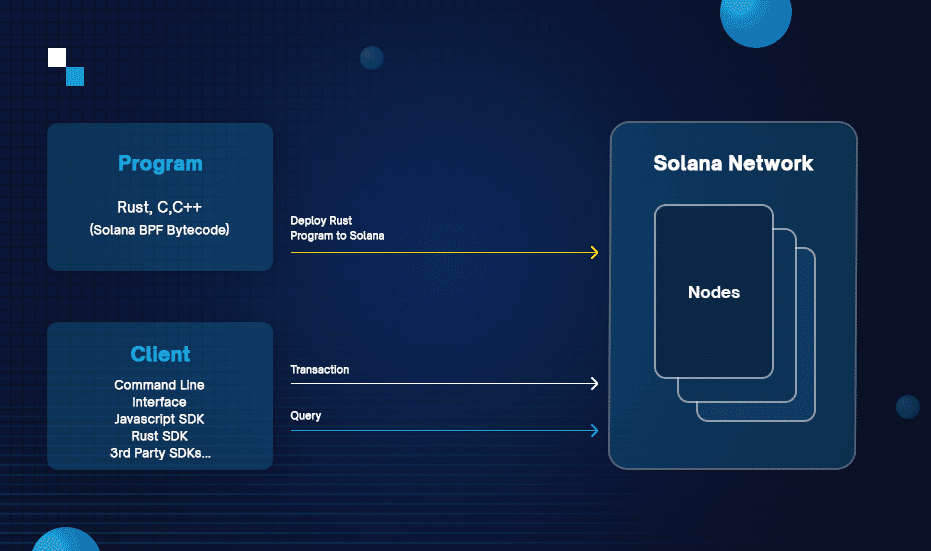
Workflow
- In the above flowchart, the section “Program” enables users to create smart contracts with Rust, C, and C++ and deploy them on the Solana Blockchain.
- After completing the Solana smart contract development, users must develop dApps with the help of client SDKs and JSON RPC API to use Solana programs.
- The section “Client” allows users to create decentralized apps to interact with deployed programs. Decentralized apps will interact with deployed programs by submitting transactions via client SDK.
- Both “Program” and “Client” will work together to form a network of decentralized applications and smart contracts that can interact with each other to update the state of Blockchain.
An Overview of Solana Smart Contract Development Process
The process of Solana smart contract development could be tricky yet challenging for cryptopreneurs. Though there are countless factors to consider while starting with Solana smart contract development, the following are some crucial ones that will help you get started:
- Set up Solana Development Environment
Setting Solana development environment for first-time users may be challenging. Moreover, users may find it difficult to compile and run the smart contract code on Windows. So it is recommended to install Anchor: A framework designed especially for Solana’s sea-level runtime that comes with several convenient developer tools.
- Create Localnet Cluster
Once you’re done with the installation of the Anchor framework, the next step is to create localnet cluster. A set of validators that work together to maintain the integrity of the ledger and serve client transactions. It is not possible to run a Solana program without a cluster. Devnet, testnet, and mainnet are three clusters used to run the Solana program.
- Write a Program
After setting up Anchor and localnet cluster, it is time to write a Solana program. Anchor’s CLI (Command Line Interface) allows users to write a new program. Users can also edit or update the program by using CLI.
- Audit and Deploy the Program
The next step is to write a programmatic test to find bugs and errors in your program. Anchor allows users to test a program using integration tests in a programming language other than Rust to make sure that bugs related to syntax misunderstandings could be detected easily. In addition to that, auditing the program will also help you detect existing and potential errors, security flaws, compilation issues, and more to ensure the quality of the code. After performing the programmatic test, you can deploy your smart contract on Solana.
Conclusion
To conclude, Solana’s smart contract architecture and multiple features such as high speed, scalability, low cost, and more make it an optimal platform for smart contract development. To provide the Blockchain developers with the best experience, Solana also comes with some intrusive tools like Solana explorer(a user-friendly scanning tool for the Solana ecosystem) and Solana CLI(that allows users to interact with the protocol via command line). Moreover, many developers also prefer Solana for smart contract deployment as it provides them with a bundle of new-age resources like frameworks, SDKs, and developer tools.
If you’re one of the cryptopreneurs looking to deploy smart contracts on Solana, then it is advisable to get in touch with an experienced smart contract development company named Antier Solutions. As a top Solana development company, Antier Solutions amalgamate its Blockchain prowess with experience to build secure and highly scalable Solana development solutions. In addition to Solana smart contract development, we also provide services such as Solana wallet development, Solana NFT development, Solana token development, Solana DeFi development, Solana exchange development, and more.
Connect with our subject matter experts to share your business needs.
